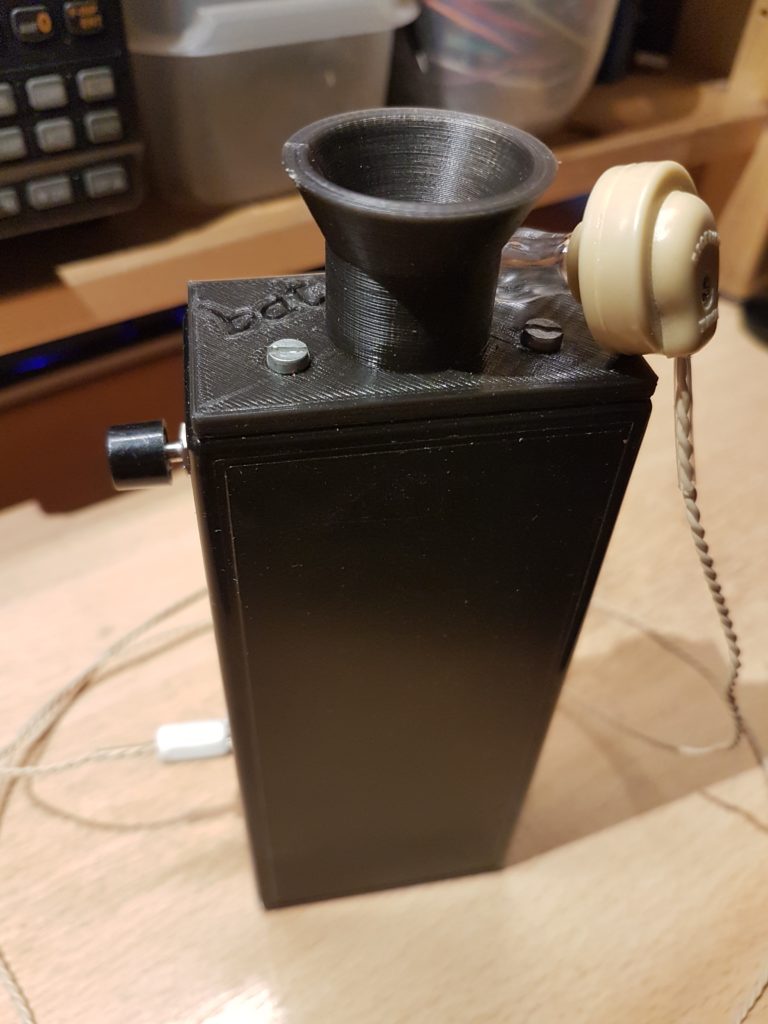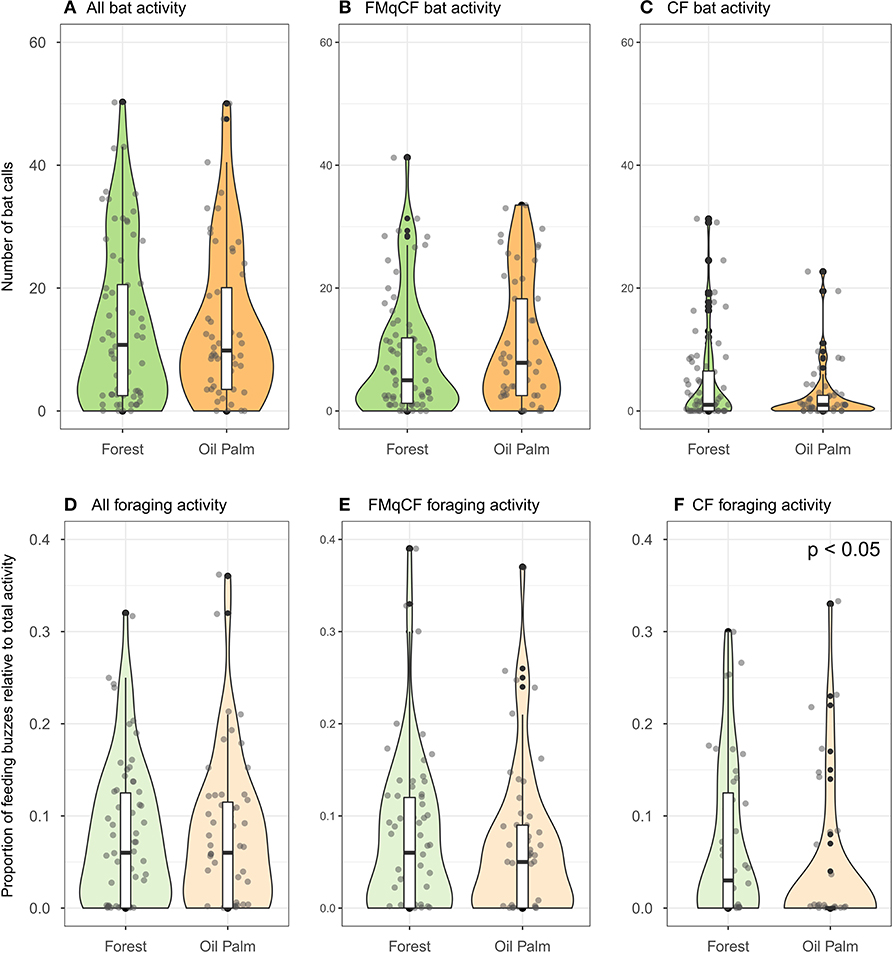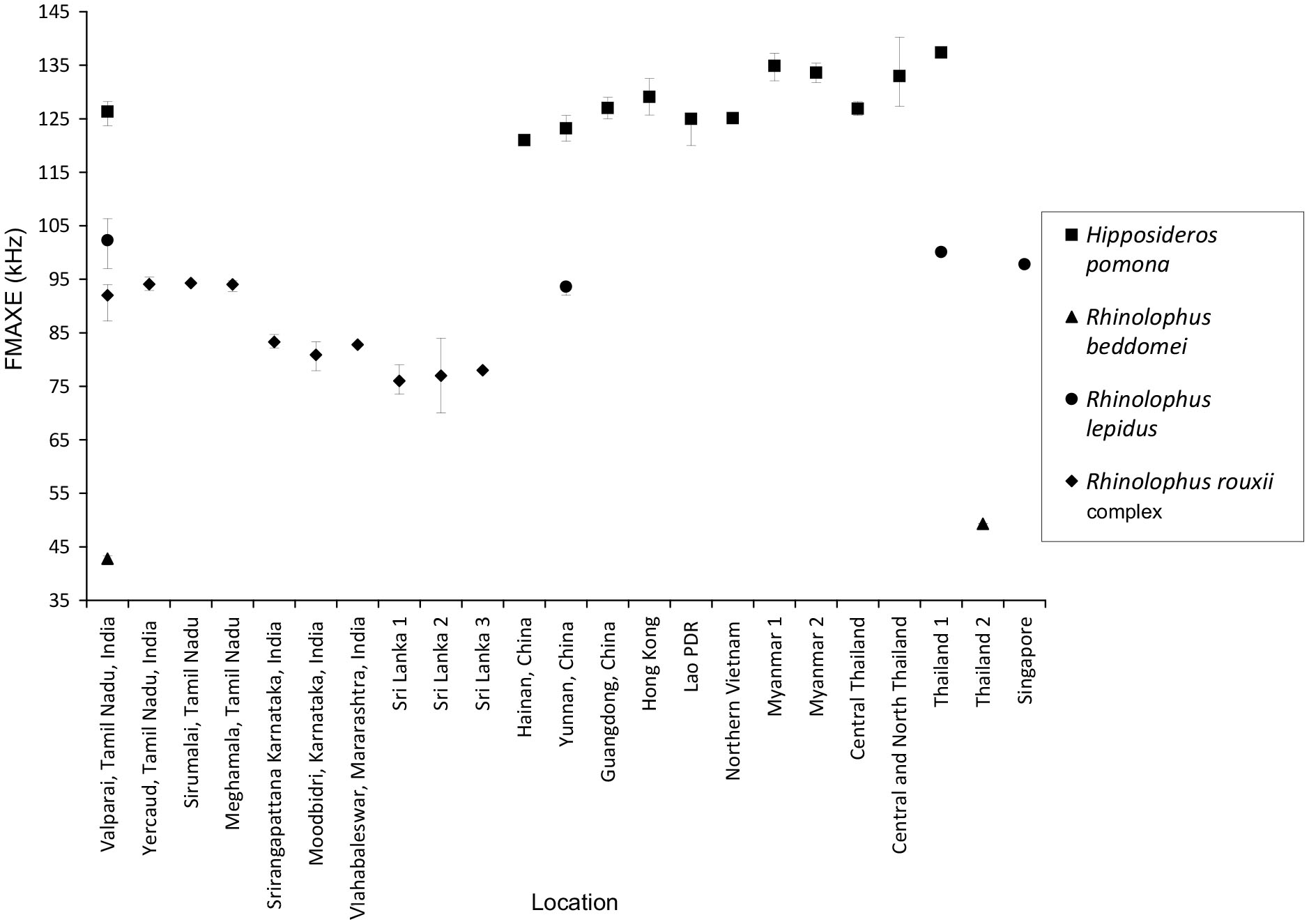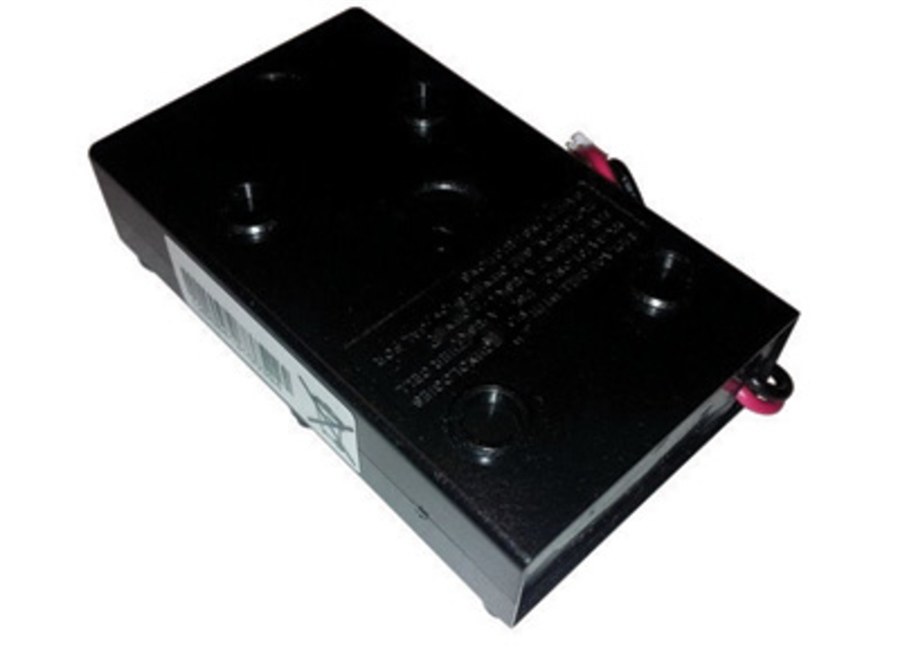Time expansion te detectors work by digitising the bat calls at a high sampling rate and replaying them at a lower sampling rate immediately afterwards.
Time expansion bat detector circuit.
Typically the sampling rate ratios can be varied from 1 10 to 1 32.
Bat detector choices are influenced by factors such as your experience the mode of operation that you want e g.
A bat detector is an electronic listening device that will allow us to hear the bat chirps and buzzes.
There are several types of bat detectors being used by bat listeners.
A 5 ms bat call at 40 khz would sound like a 50 ms call at 4 khz.
The advantage of this system is that all frequency information is retained for later analysis.
They work by digitally recording a brief snatch of bat sound usually about one second and replaying it at a slower rate usually ten times slower.
Chris eve s bat detector circuit view experiment.
Heterodyne detectors are great for beginners but professional bat workers will also turn to the more technologically advanced models which allow extensive recording and.
Te detectors are real time devices in that they can be monitored at the time of recording but there is an inevitable delay while the high speed sampled extract is.
Time expansion detectors work by storing the call in their internal memory and then replaying it back 10 x slower thus lowering the frequency.
Frequency divider heterodyne time expansion dsp digital signal processor.
Time expansion bat detectors.
A time expansion detector needs some kind of memory to store the bat call.
They detect all frequencies across the frequency range within which bats are likely to be calling.
The output is audible on a loudspeaker or headphones.
Time expansion te detectors work by digitising the bat calls at a high sampling rate using an analog to digital converter and storing the digitised signal in an on board memory.














































